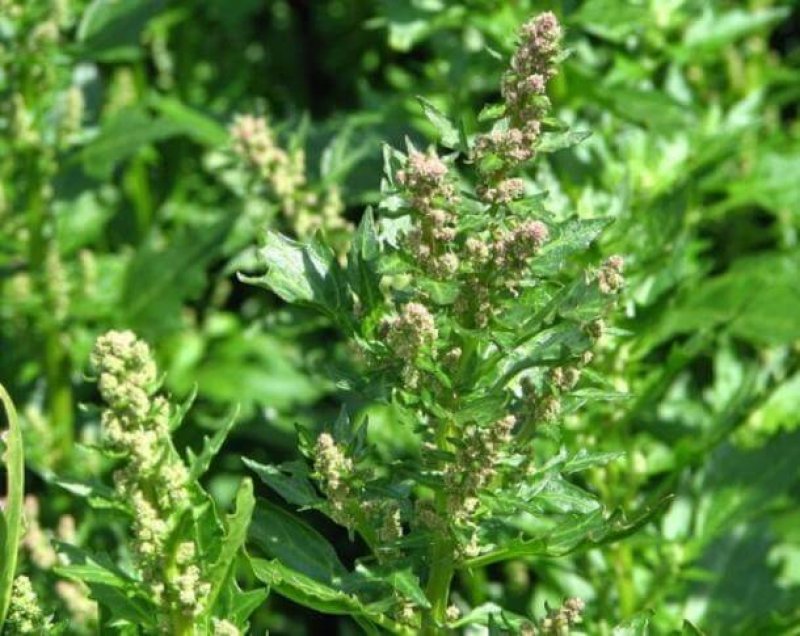The scientific cultivation of lost ancient seed crops has yielded much higher than expected growth rates, challenging assumptions about maize (corn) growth in prehistoric North America .
According to new research ‘lost crops’ might have fed as many people in prehistoric North America as traditionally grown maize. But the study was not without challenges as no written or oral histories exist about these lost crops, and the more modern domesticated forms are now extinct.
Natalie Mueller is assistant professor of archaeology in Arts & Sciences at Washington University in St. Louis, and writing in the Journal of Ethnobiology she describes how “painstakingly” she calculated yield estimates for two annual plants that were cultivated in eastern North America for thousands of years before being abandoned for maize production.
The researchers grew ‘goosefoot’ ( Chenopodium, sp.) and erect knotweed ( Polygonum erectum ), which when grown together were found to be “much more productive” than growing either species individually. According to a report in Eureka Alert , the researcher explained that when these two plants were grown along with the other known lost crops, they might have fed thousands of indigenous people.
Read full, original article: The Revival of Ancient Lost Crops Reveals Surprising Results
































